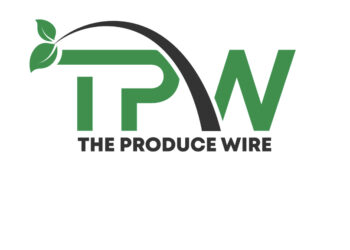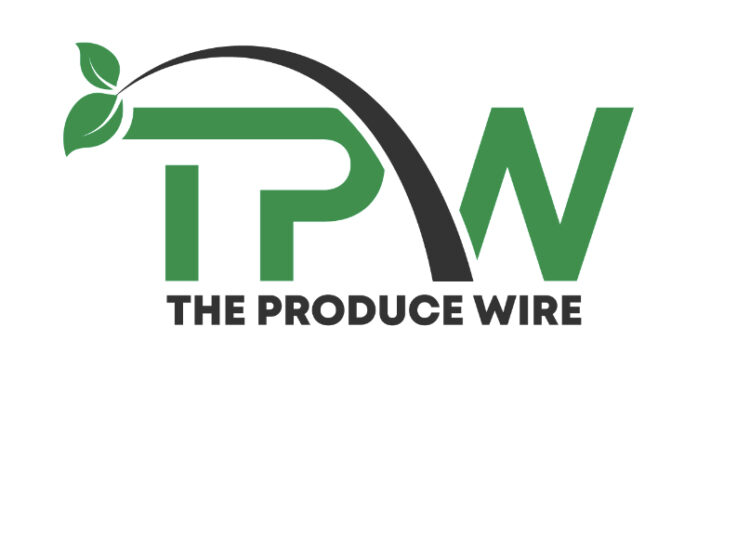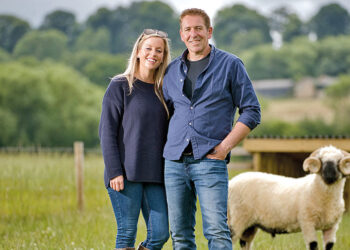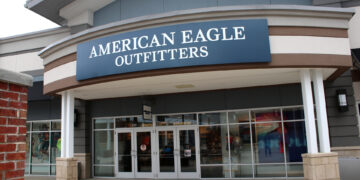The European Commission has answered several questions around new rules on the use of Whole Genome Sequencing (WGS) in foodborne outbreak investigations.
In a frequently asked questions document, the EU Commission has explained how member states should implement the new regulation.
Performing WGS on Salmonella, Listeria monocytogenes, E. coli, Campylobacter jejuni and Campylobacter coli associated or suspected to be associated with a foodborne outbreak is to become mandatory and results have to be submitted to the European Food Safety Authority’s (EFSA) WGS system.
This system is connected to a similar database of human isolates, managed by the European Centre for Disease Prevention and Control (ECDC). Human and food isolates can be compared, helping to swiftly identify the cause of an outbreak as well as related batches, lots or consignments of potentially unsafe food, and improving collaboration between public health and food safety authorities.
WGS will need to be done on at least one bacterial isolate from pathogens obtained from animals, feed, food or production environments with a suspected link to an outbreak.
Rules will apply beginning Aug. 23, 2026, to allow member states and EFSA time to adapt to the new requirements.
Epidemiological work still crucial
The authority of each member state where an isolate is detected are responsible for undertaking WGS.
The EU Commission said the regulation does not make food companies do WGS. However, it requests results of WGS analysis to be made available if it has been carried out by the business on their own initiative.
“It is in the interest of the food business to fully cooperate in foodborne outbreak investigations to limit the possible impact of such outbreak, also for their own business by contributing to finding of the specific source and affected consignments. The use of WGS facilitates greatly the foodborne investigations and voluntary submissions of any available WGS data are very much welcomed,” said the EU Commission.
The EU Commission said only a genetic match of WGS profiles between a human and a food isolate does not confirm the food as the outbreak source. Epidemiological investigations, such as patient interviews, exposure history, and traceback analysis, are required to establish a link. WGS data from human and food isolates must be combined with epidemiological findings to confirm the source.
When an outbreak is detected, it might not be easy to sample and confirm that the pathogen with the same WGS profile was present in a suspected food source. The consignment may no longer be available because of the time between the production/placing on the market of a food and detection of the outbreak. In such cases, a food source can be considered as confirmed if the results from epidemiological investigations are sufficiently robust.
The regulation doesn’t cover submission of WGS results from other monitoring activities. However, the EU Commission strongly encouraged member states to share such results to populate the database.
(To sign up for a free subscription to Food Safety News, click here)














